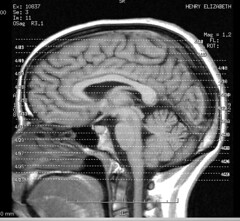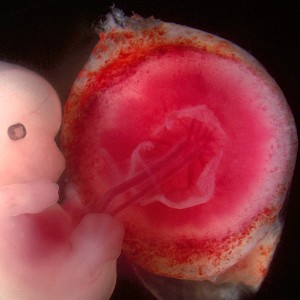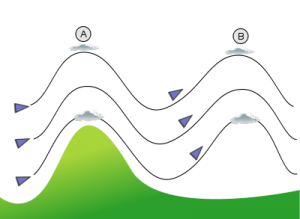The Multiple Sclerosis Society of Canada defines MS as “an unpredictable, often disabling disease of the central nervous system”; there is no cure for MS, and available treatment aims to slow down the progression of the disease. Given that, none of the 7 approved drugs are particularly effective and are associated with a large set of side effects- including death from Progressive multifocal leukoencephalopathy – there is an urgent medical need for more effective medication. UBC’s own Dr. Helen Tremlett recently led a study that demonstrated “no strong evidence that a group of drugs, beta interferons (β-IFNs),prescribed to treat MS had a measurable impact on the long-term disability progression of the disease”. Taking into account the general lack of efficacy and the serious side-effects associated with existing treatment, it is not surprising that Chronic Cerebrospinal Venous Insufficiency (CCSVI) -a vascular theory for MS etiology- would be embraced by MS patients and their caregivers; naming the corrective surgery for CCSVI “Liberation Therapy” did little to help patients check their initial enthusiasm.
The public pressure for researching CCSVI, based largely on anecdotal evidence was so great that the Government of Canada decided to evaluate this procedure; despite objections from most neurologists who felt that the available evidence for CCSVI did not warrant further research.

MS patient via YouTube user
Today, after having invested millions of dollars into evaluating the liberation treatment -that could have been invested elsewhere- we are no closer to a cure than we were three years ago. A quick search for CCSVI in PubMed shows paper titles like “What went wrong? The flawed concept of “Cerebrospinal Venous Insufficiency” and “Chronic Cerebrospinal Venous Insufficiency” is not associated with Multiple Sclerosis and its severity: a blind-verified study.
CCSVI is not the cure that some expected it to be, but it did bring attention to a disease that is often invisible to the average person. Although invisible, it is far from benign and certainly worthy of the public’s attention. If nothing else, CCSVI served one purpose: bring attention to an issue where attention has been, to say the least, lacking.
























